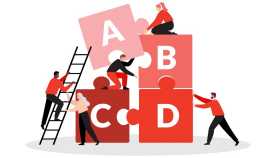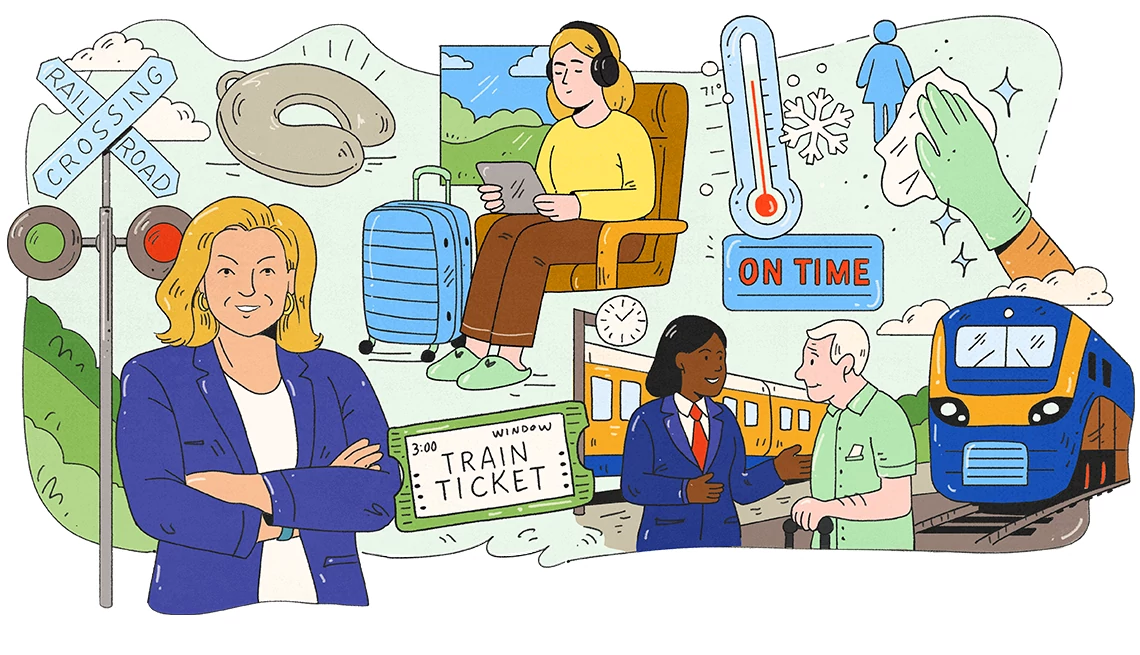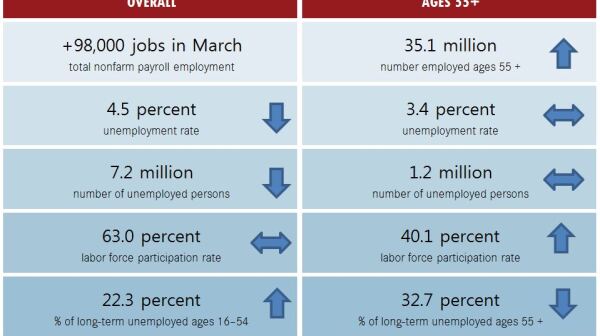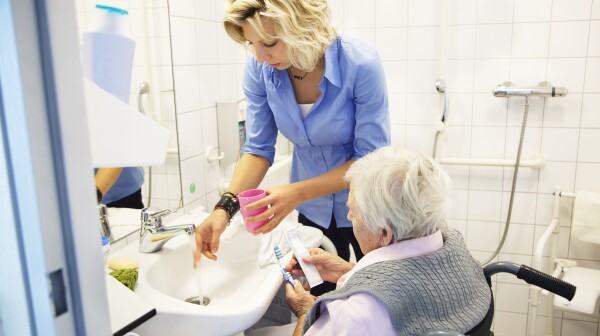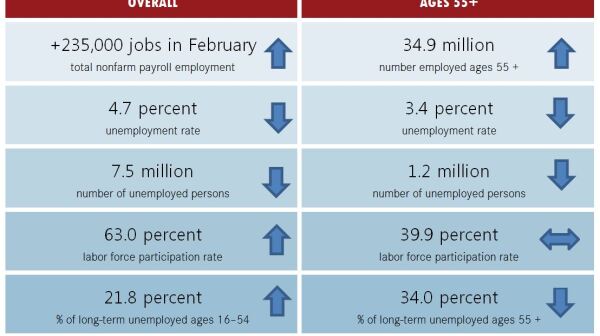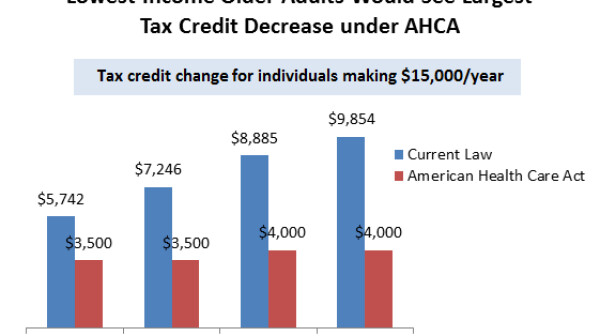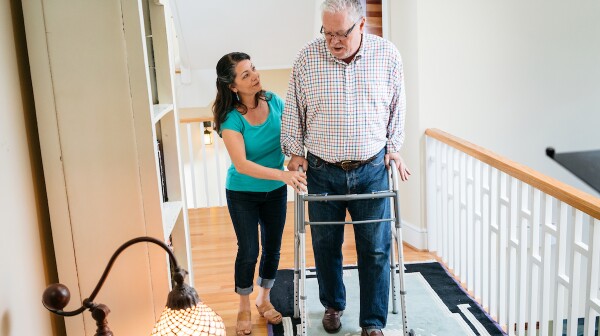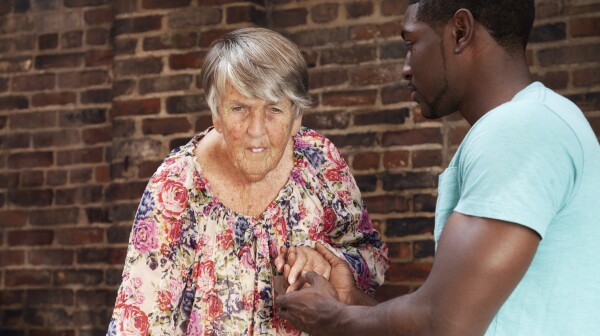AARP Hearing Center
CLOSE ×
Search
Popular Searches
- right_container
- Health
- Money
- Work & Jobs
- Advocacy
- Social Security
- Medicare
- Caregiving
- Games
- Travel
- More...
- Entertainment & Style
- Family & Relationships
- Personal Tech
- Home & Living
- Auto
- Staying Sharp
- Podcasts
- Videos
A range of employment indicators has revealed a mixed picture of the US labor market in recent months. While some of the latest data give room for optimism about job growth in some industries, many industries continue to shed jobs. Many older workers are employed in the industries and occupations…
Most of the 1.2 million people living with HIV in the United States are now over the age of 50, and more than 175,000 are over the age of 65. For many people who were diagnosed prior to the introduction of revolutionary highly active antiretroviral therapy, life expectancy was measured in months,…
Surveys illuminate people’s preferences for aging in place and reforms that promote more supply
Employment overview for those age 55+
Close to 90 percent of American adults are connecting to the internet, and in the process they are accruing a vast number of digital assets.
In 2016, AARP launched the Home Alone Alliance sm in collaboration with the United Hospital Fund, the Family Caregiver Alliance and the Betty Irene Moore School of Nursing at the University of California at Davis. The Home Alone Alliance sm is a collaborative that brings together partners from the…
If you have protection against future catastrophic out-of-pocket costs for basic life functions, consider yourself lucky. The vast majority of people in the United States don’t.
Employment overview for those ages 55+
Did you know that over 3 million older adults ages 50-64 rely on Affordable Care Act (ACA) tax credits to purchase health coverage? In fact, pre-ACA, almost half of them were uninsured.
An important AARP study shows that an overwhelming majority of people would like to remain in their homes and communities for as long as possible. Personal care services, such as assistance with bathing, eating and dressing, are critically important to helping older adults and people with…
Many of us understand that saving for retirement and for the long term is one of the most important actions you can take to ensure a secure future. So is protecting that savings.
In 2016, an estimated 5.4 million Americans had Alzheimer’s disease, the most common form of dementia. And while people of all ages can have dementia, 8.8 percent of adults age 65 and over have the disease.
Medicaid is the country’s largest public health insurance program, providing access to needed health care and long-term services and supports (LTSS) to millions of low-income Americans, including more than 17 million children with disabilities, adults with disabilities, and poor seniors.
Search AARP Blogs
Recent Posts
























